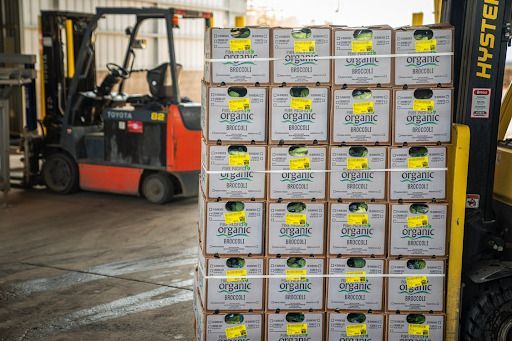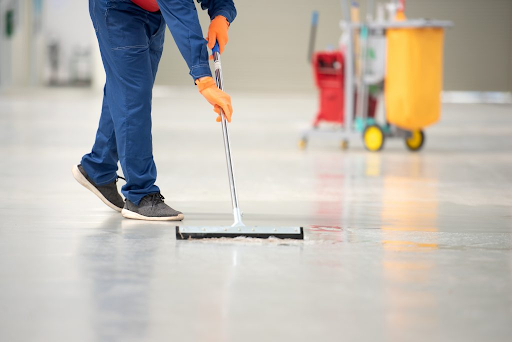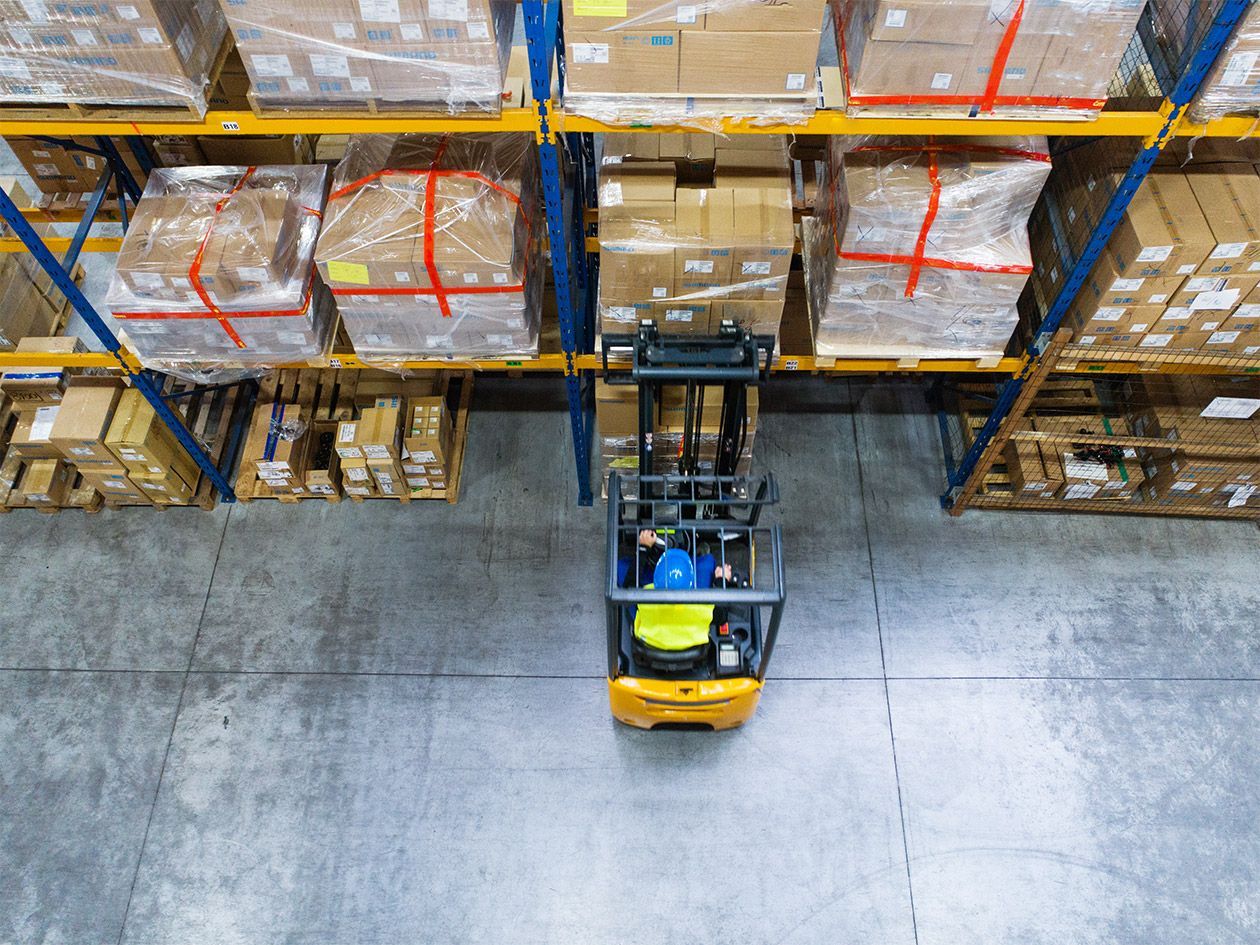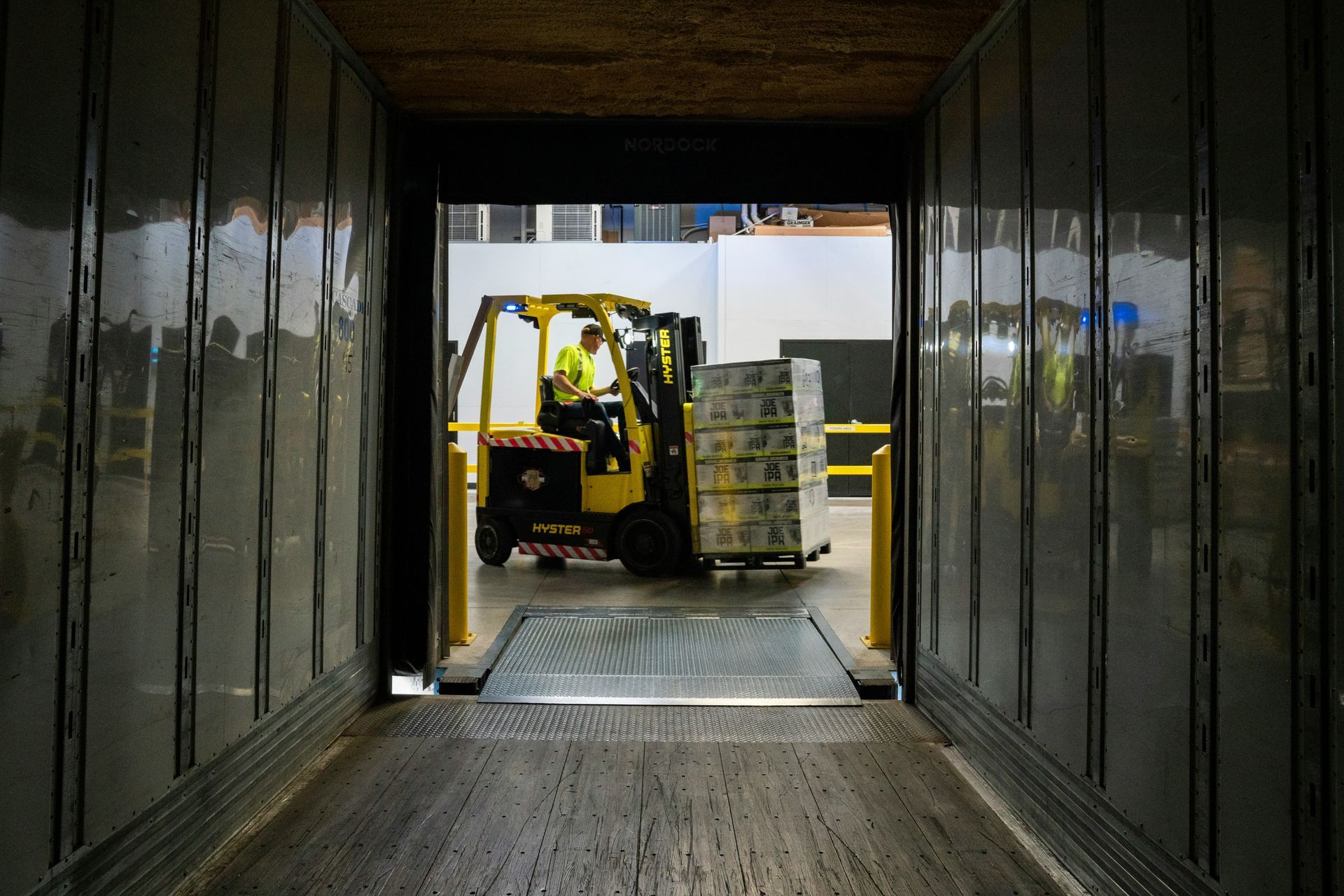Seasonal Warehouse Maintenance and Cleaning Guide
When it comes to creating a maintenance plan that works for your warehouse, it’s a good idea to have a two-prong approach: Consider implementing strategies that address ongoing preventive maintenance on a seasonal basis and emergency maintenance. It’s no secret that consistently handling repairs, cleanliness, and safety guideline updates improve productivity, saves on overall costs, and avoids unnecessary downtime. If you’re looking for a way to optimize warehouse processes this spring, our professionals have some insight to share on seasonal warehouse maintenance.
An Ounce of Prevention
The best way to avoid the cost and downtime that comes with emergency maintenance is to work hard to prevent serious problems from arising in the first place. Routine inspection and maintenance of equipment can alert managers and employees to issues that could slow down productivity and cause a safety hazard. A forklift leaking a bit of oil may not seem like a problem until it causes a slip-and-fall accident in your warehouse.
Don’t hesitate to replace outdated or poorly functioning warehouse equipment during this time. Equipment repairs are less costly than replacements, but there may be a time when buying new is the only rational option. Work closely with your vendor to ensure that you’re getting top-quality equipment and a team that can help keep it well-maintained.
If your warehouse doesn’t already have a preventive maintenance plan in place, you could be spending too much time and money on reactive tasks instead of proactive. Not only do poorly maintained warehouses present accident risks, but they could also lead to costly OSHA fines for violations and non-compliance.

Clean It Up
Beyond that, it’s time to focus on cleanliness too. If you don’t already have a daily, weekly, or monthly cleaning schedule established, now is an excellent time to create one that will help maintain these deep-cleanings and seasonal maintenance tasks. Keep them handy for employees and integrate these regular tasks into job descriptions. Setting cleanliness expectations helps keep everyone on the same page and allows for consistency.
Are there corners of your warehouse that are cluttered or disorganized? This can slow down work and present safety challenges to your employees. Now is the time to streamline these areas, adding additional shelving space or re-arranging inventory so forklift drivers can easily navigate it. Don’t overlook your loading docks, either: This is where everything moves in and out of your warehouse; doesn’t it just make sense to keep it clean?
Pests can enter warehouses easily and present all sorts of problems, the least of which is the spread of disease. They can also destroy inventory with their nesting habits, which could directly hurt your bottom line. Prioritize pest control all year long, but call in professional pest control for routine treatment, especially when the seasons change and different pests come out to enjoy the warmer weather.
Plan for Emergencies
Even with a robust seasonal warehouse maintenance plan, it’s crucial to account for emergencies. Toxic spills, fires, hurricanes, and even earthquakes can wreak havoc on your team, and it’s important to prepare everyone for a potential crisis. Maintenance after disaster strikes may look a bit different than what you do on a regular, preventative basis.
This plan should be highly personalized for a variety of situations. Think about the most likely risks to your warehouse and create custom plans. Getting your warehouse back to order after something like a fire requires a different approach than a loss of power. This is not something that should be one-size-fits-all.
Once you know which resources you’ll need for your plan, make it a team effort. Recruit a handful of key players in your warehouse to be a specialized response team to execute the plan. Keep in mind that they’ll need to have the experience and certification to perform maintenance on specialized equipment like forklifts or conveyor belts.

Call the Professionals
A regularly maintained warehouse is directly related to employee engagement, overall productivity, and revenue. As you move through your warehouse spring cleaning checklist that addresses these key areas, it’s wise to consult with warehouse professionals to answer any questions as you move through your seasonal warehouse maintenance.
Turn to Benco: We provide sales, installation, service, and repair for the critical equipment in most warehouses. Our technicians are OSHA trained, and Factory Certified in Hyundai and PowerBoss equipment. Whether you’re looking for equipment for your newly purchased warehouse or you’re looking to replace aging warehouse supplies, Benco Industrial Equipment can help – contact us today to get started!
The post Seasonal Warehouse Maintenance and Cleaning Guide appeared first on Benco Industrial Equipment.




